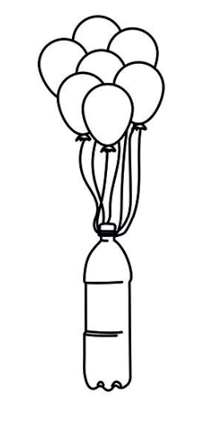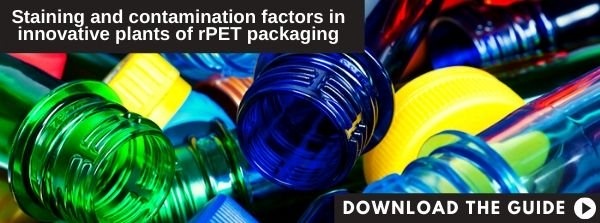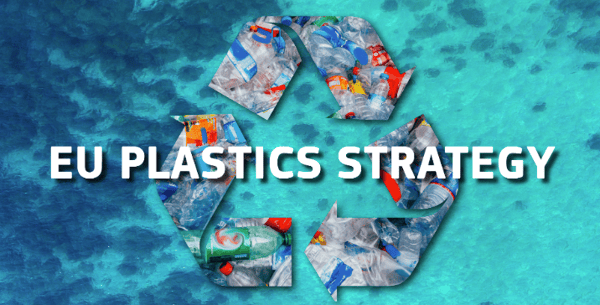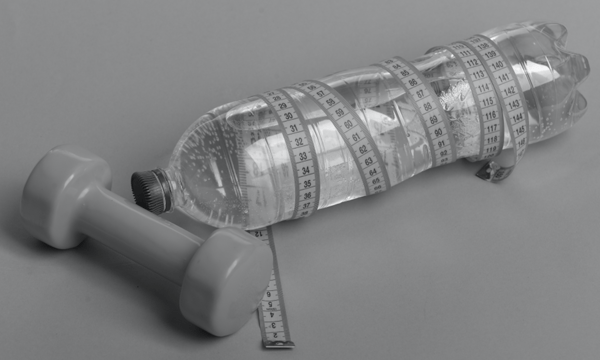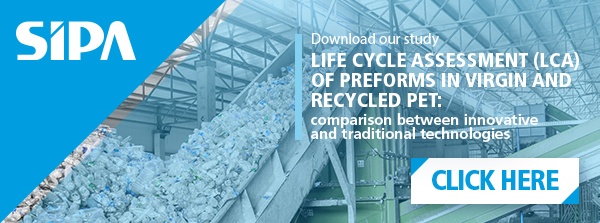All companies involved in PET packaging should not think that lightweighting, namely the process of lightweighting for all primary, secondary and tertiary packaging, is a trend of recent years.
We should value the efforts of the industrial research, made in the past decade, thanks to which, from 2000 to 2011, the average weight of a half-litre PET bottle dropped from 16.9 to 9.89 grams, a reduction of 47.7% .
Technically, bottles lightweighting process has made it possible to save about 1.5 billion kg of plastic.
Furthermore, according to the Association of PET Container Resources (Napcor), over the past eight years the PET recycling rate used to recover new bottles for water doubled, and reached 38.04%.
The need to lighten PET has travelled parallel to the objective of not affecting the performance of the final product, since companies shall uphold the packaging specifications (resistance, impermeability and stability) to preserve the liquid-food purity and native characteristics.
The European project description aimed at PET lightweight bottle
Focussing on numerical data, in 2018 40% of the beverage packaging produced worldwide, was made from PET, polyethylene terephthalate.
The world expects a demand for PET containers up 3.9% between 2018 and 2022.
Re-use is therefore a more than ever pressing need, with producers aiming to achieve the goal of using 30% recycled plastic by 2030.
Read also: "PET bottle recycling: how are non-European States moving"
Consumption data relating to PET containers production
The process for production of PET preforms and bottles requires energy and consumes hydraulic oil, which is difficult to dispose.
Furthermore, some beverages (such as tea, fruit juices, milk) require the container sterilisation, which needs more energy, using water and chemicals.
New transformation processes are, therefore, required to improve the environmental performance of PET production.
The EU LIFE Programme
The LIFE programme is the EU funding instrument for the environment.
The general objective of LIFE is to contribute to the implementation, updating and development of EU environmental policy and legislation by co-financing pilot or demonstration projects.
Since 1992, LIFE co-financed some 3104 projects throughout Europe, across the EU, contributing approximately € 2.2 billion to the protection of the environment.
Over the past few years, the partners in this project have developed a prototype machine with the following requirements:
- The press for producing preforms works with rotary motion, non-linear, as in other machines available on the market
- Preforms are manufactured with injection-compression molding technology
- Preform thermal conditioning system before blowing is performed via a magnetic induction oven, which ensures heat technology with high efficiency. It is a single stage system.
Read Also:"EU bans single use plastics: PET lightweight and actions taken"
Technical characteristics of injection-compression process fo reducing weight in PET cointainers
A world's first injection-compression rotating preform manufacturing configuration meant that:
- The polymer transformation process and its transfer for preforms production is a continuous process, non-intermittent as the traditional ones.
- Using injection-compression molding technology in a rotating configuration also reduces drastically forces and pressures involved.
In this way the chemical and physical properties of the material are preserved. This means that a larger amount of recycled polymer can be used and preform weight shall be reduced by 4-5%.
This minimizes equipment costs and allows a reduction of hydraulic oil.
Read also:
Environmental benefits arising from PET lightweight bottles
Lightweight Bottle:
The comparison between old and new technology sets out a very clear framework: to produce 1 kg of virgin PET, 1 kg of oil, 8.5 litres of water and 23 kWh of energy are required.
In 2012, for the production of PET beverage containers 2.401 billion tonnes of oil, 20.4 billion litres of water and 55 GWh of energy were consumed.
With the new production technology developed within the LIGHT-PET project, packaging lightweighting is estimated between 4 and 6%.
Read Also: "The extraordinary results by SIPA in reducing weight of PET packaging"
Operating temperature
An innovative process allowing to process the polymer with less degrading than a conventional machine, making it particularly suitable for recycled PET and other biodegradable materials such as PLA (polylactic acid, one of the most famous biopolymers on the market).
Halved pressures
When the polymer is injected into the mold, the core floats and this drastically reduces the forces involved. This, in addition to reducing equipment cost, simplifies maintenance, completely eliminating the hydraulic oil and the oil change stage.
Less electrical energy consumption
Thanks to the oven conditioning, the overall energy consumption is reduced of 30-35%.
Use of post consumer PET
PET is the polymer that plays the most important role in contributing to the achievement of recycling targets laid down for Member States by Directive 2019/04/EU:
- 77% minimum of plastic packaging to be recycled by 2025
- 90% by 2030.
European policies regarding the use of recycled PET in food-contact applications, are opening up a wider scope, but the spread at the level of individual of that directive is rather slow.
In LIGHT-PET project, molding trials with varying percentages of recycled material were carried out.
Consumption
As highlighted by the European Environment Agency (EEA), Europe must innovate and find solutions that will reduce the overall requirement of minerals, metals and energy, through the development of new technologies and materials.
The LIGHT-PET project is in line with the European Community policies proposed to reduce the amount of water used in industry by means of a change of the existing production processes and the transition to more efficient technologies.
